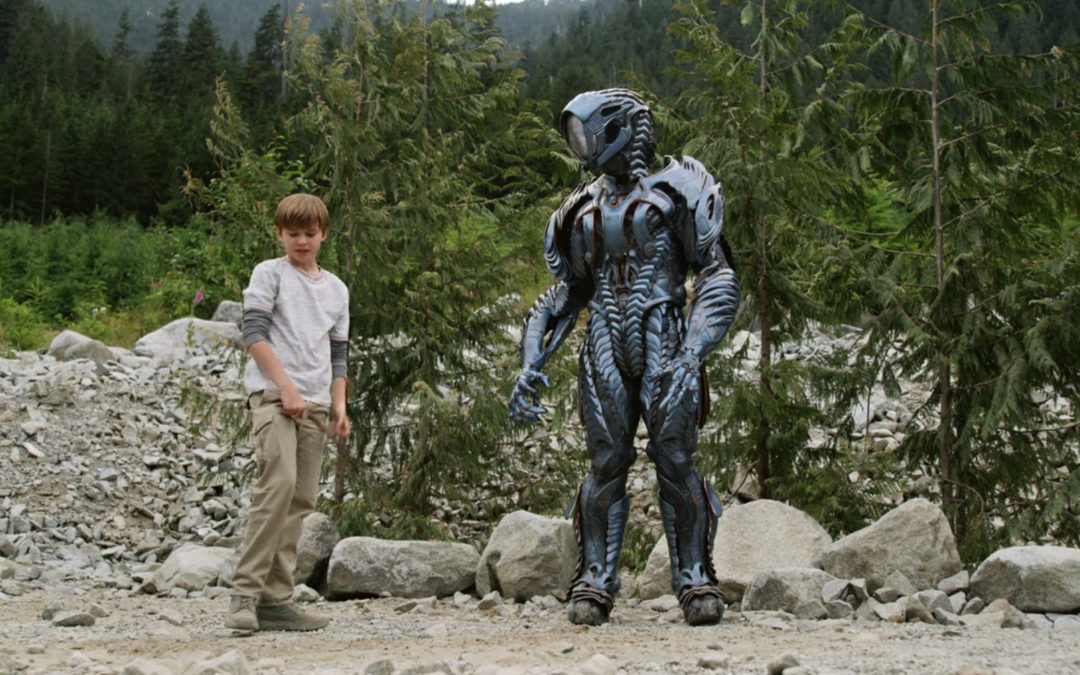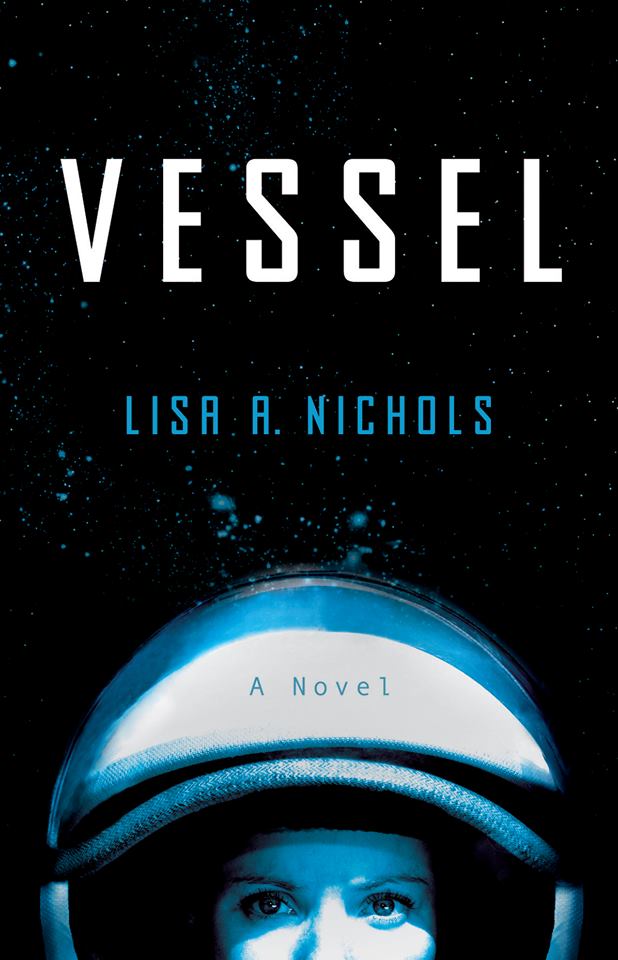The more engrossed I am in improving my writing skills, learning new techniques, the more difficult it is for me to turn off the analytical part of my brain when I’m watching or reading something. It isn’t a bad thing. I get to enjoy things on two levels, as a reader/viewer, and as the writer, analyzing how the writers have told their story, and often dancing in glee to see pieces of things come together.
I recently read Scott Lynch’s phenomenal book The Lies of Locke Lamora, and found myself doing that little dance of glee on a regular basis. In particular, he nailed something that I often struggle with when I’m working on a book: making the stakes high enough for the protagonist. I am often too nice to my characters, because I like them and I think because I have a hard time trusting myself that, as the writer, I can get them out of whatever impossible situation I’ve put them in. And if the stakes aren’t high enough, why should a reader keep reading? This is something I’ve fixed in second and third drafts on many many occasions, and I still sometimes think I don’t quite hit it as hard as I could. Working on it!
Anyway, Lynch gives us Locke Lamora, a likeable roguish thief and con artist, and shows us his comfortable little life… and then proceeds to dismantle it piece by piece until he’s left only with his wits.I was in awe at how cruel Lynch was to him. And I really saw for the first time how effective that is in revealing what a character is really made of. It was eye-opening, and made me go back and revisit some of the plot elements in the book I’m currently writing.
Far and away though, my favorite storytelling technique to see done well, is Chekov’s gun. If you’re unfamiliar with it, Russian writer Anton Chekov once reportedly said, “If in Act I you have a pistol hanging on the wall, then it must fire in the last act.” (Or words to that effect–he used the analogy several times.) Basically: everything needs to serve the story, or it shouldn’t be there. It’s been expanded as a way to plant little bits of information here and there, and for their full significance only to be clear by the end. I love those little moments or elements that have a small importance of their own only to become massively central to the plot.
Because I’ve been wrestling with my current project, I have been mainlining a lot of TV series lately–something I tend to do when I’m stuck on a problem in what I’m writing. It gives my hindbrain a chance to turn the problem over and over and solve it for me. At least, that’s what I tell myself. 🙂
In the past few weeks, I’ve watched Netflix’s Lost in Space (I need season two, stat), about a season and a half of The Man from U.N.C.L.E. (the original TV series–Illya Kuryakin/David McCallum, where have you been all of my life?), and all of Sapphire & Steel (because, um, David McCallum stars in it, and which I described on Twitter as “if Doctor Who and The Twilight Zone had a love child directed by Ingmar Bergman”–that’s a positive thing).
All three shows are fantastic at sprinkling little bits of character development and humor around, only for them to come back later in the proverbial third act and go off. A brief mention from a time traveler that no one in the future eats meat, which turns out to have a deep and horrifying significance in the last act (Sapphire & Steel, “Assignment Three”). Or an amusing bit of business with Illya and a cigarello, when said cigarello winds up saving his life later on (The Man from U.N.C.L.E., “The Ultimate Computer Affair”).
The one that struck me the most though, was in Lost in Space. (Side note: talk about raising the stakes, they did a fantastic job of “oh no, we’re in danger” -> “whew, we’re out of the danger” -> “wait no, our solution made a new danger worse”, which I also love.) Little bit spoilery, here, but I’ll try to be vague.
Will Robinson has his friendly (or is he?) alien robot, and there are some sweet moments early on where he’s trying to teach it to play catch, or when it watches him draw something, and makes a drawing of its own. Will documents it on his phone, saying it’s the first known artwork by an alien. It’s cute, and you see the growing affection he has for the robot. Later, in the last episode, when things have all gone to hell, we see Will watching that video wistfully because he misses his friend. It’s another sweet, sad moment–and yet, I realized later, serves to also remind us of the drawing we saw eight or nine episodes prior, which then has an enormous payoff in the last few moments of the episode when we see what it was a drawing of.
The placement of the ‘gun’ works as a nice bit of character development, and then the way we’re reminded that the gun is there works as another piece of character development. By giving those two moments a solid reason for being in the story, it makes us think that we’ve seen all the significance there is to them, until the payoff happens.
That’s the sort of thing that makes me dance in glee. The writers could have stopped with the first two moments, and it would have been some effective storytelling. By adding the final payoff, though, they take it beyond “good storytelling” to “what, omg that was SO COOL.”
That’s the level of storytelling I aspire to. And also why I don’t mind at all having two parts of my brain firing while reading and watching stories. It’s like reverse-engineering storytelling.
What’s your favorite storytelling trope? Or your favorite instance of ‘Chekhov’s gun’?


